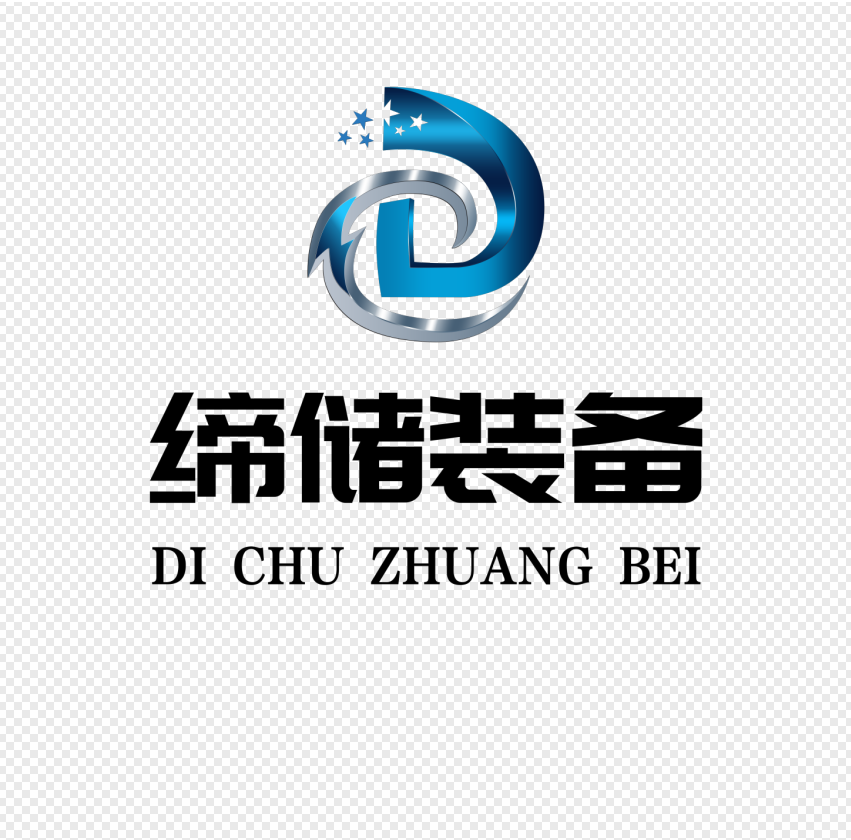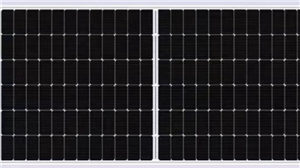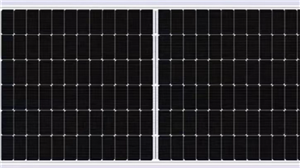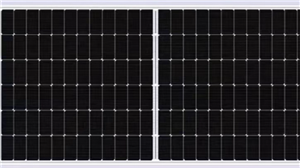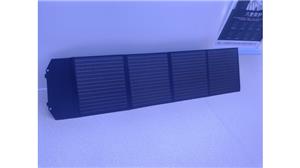Household storage system
1、 Core components of the system
The household light storage system mainly consists of the following key components, which work together to achieve energy conversion, storage, and utilization:
1. Photovoltaic power generation system
-Solar panel: The core power generation component that converts solar energy into direct current through the photoelectric effect. Common types include monocrystalline silicon, polycrystalline silicon, and thin-film cells, with monocrystalline silicon having the highest efficiency (about 18% -25%) and suitable for installation on rooftops in households.
-Photovoltaic bracket: The structure that fixes the solar panel needs to be designed according to the roof angle and load-bearing capacity to ensure that the solar panel receives maximum sunlight.
-Confluencer box and DC cable: Summarize the DC power from multiple solar panels and transmit it to the inverter through cables.
2. Energy storage system
-Energy Storage Battery: The core equipment for storing excess electrical energy, with the mainstream type being lithium iron phosphate batteries (high safety, long cycle life, about 3000-6000 cycles), and some systems using ternary lithium batteries (high energy density, but slightly lower safety). The battery capacity is usually measured in kWh, and the commonly used household capacity is 5-20kWh.
-Battery Management System (BMS): Monitor battery status (voltage, current, temperature), prevent overcharging and overdischarging, extend battery life, and ensure safety.
3. Energy Conversion and Control
-Inverter: It converts the direct current generated by photovoltaic panels or the direct current stored in batteries into household usable alternating current (220V), and is divided into string inverters (high efficiency, suitable for distributed photovoltaics) and energy storage inverters (integrated photovoltaic inverter and energy storage control functions).
-Energy Management System (EMS): Intelligent regulation of energy flow, determining the priority of photovoltaic power for self use, charging, or grid connection, as well as the timing of battery discharge (such as peak usage and power supply during power outages). Some systems can be remotely monitored through an APP.
4. Auxiliary equipment
-* * Bidirectional electricity meter * *: Used to measure the amount of photovoltaic electricity connected to the grid (sold to the grid) and off grid electricity (purchased from the grid), supporting the "self use, surplus electricity connected to the grid" mode.
-Circuit breakers and lightning protection devices: Ensure the electrical safety of the system and prevent equipment damage from overload, short circuit, or lightning strikes.
2、 Working principle
The core logic of a household solar energy storage system is the dynamic balance of "* * power generation - storage - consumption - grid connection * *". The specific process is as follows:
1. * * Daytime power generation stage * *: The solar panel generates direct current under illumination, which is converted into alternating current by an inverter.
-Prioritize meeting the real-time electricity needs of households (such as lighting and household appliances);
-Excess electricity is used to charge the battery through an energy storage inverter until the battery is fully charged;
-If the battery is fully charged and there is still excess power, it can be connected to the grid through a two-way meter (enjoying electricity price subsidies or selling electricity revenue).
2. * * Night/Cloudy Stage * *: When the photovoltaic system stops generating electricity, the system automatically switches to energy storage power supply mode, and the battery releases the stored electricity for household use; If the battery is low, purchase electricity from the power grid to supplement.
3. * * Emergency power supply function * *: In the event of a power outage, the energy storage system can quickly switch to "off grid mode" to ensure power supply for key equipment such as refrigerators and lighting (requiring inverters to support off grid function).
3、 Core advantages
1. * * Reduce electricity expenses * *: Prioritize the use of free photovoltaic power and reduce the cost of purchasing electricity from the grid; Surplus electricity can be used to generate electricity sales revenue (some regions have photovoltaic subsidies).
2. * * Coping with the difference between peak and valley electricity prices * *: Discharging batteries during peak electricity prices (such as 10:00-18:00 during the day) and purchasing electricity from the grid at a low price for charging during off peak hours (such as late night), further saving costs through "peak valley arbitrage".
3. * * Improve energy self-sufficiency rate * *: Reduce dependence on traditional power grids, especially suitable for remote areas or regions with unstable power grids, and achieve "energy independence".
4. * * Green and environmentally friendly * *: Photovoltaic power generation has no carbon emissions, reduces household carbon footprint, and supports the "dual carbon" goal.
5. * * Emergency backup power supply * *: In the event of a power outage, it is powered by energy storage batteries to ensure basic daily electricity needs.
4、 Applicable scenarios
-Regions with sufficient sunlight, such as northwest, north, and south China, have higher photovoltaic utilization rates due to longer annual sunshine hours.
-* * High electricity price areas * *: Cities with higher electricity prices (such as first tier cities and areas with higher industrial and commercial electricity prices) have shorter investment return cycles.
-Unstable power grid areas: In areas with frequent power outages or unstable voltage, energy storage systems can serve as reliable backup power sources.
-Families with strong environmental awareness: users who pursue a green lifestyle and hope to reduce fossil energy consumption.
5、 Installation and cost considerations
1. Installation conditions: Suitable installation sites (such as roofs, balconies, courtyards) are required to ensure unobstructed and sufficient lighting; The property rights of the house are clear, and it is necessary to apply for a grid connection permit from the power grid company (the process is relatively simple, and some areas support online processing).
2. * * Initial cost * *: mainly includes photovoltaic panels (about 40%), energy storage batteries (about 30%), inverters and auxiliary materials (about 30%). The initial investment for a 5kW photovoltaic+10kWh energy storage system is about 50000 to 80000 yuan (depending on the brand and configuration).
3. * * Return period * *: usually 5-10 years, depending on local lighting resources, electricity pricing policies, subsidy levels, and household electricity consumption.
4. * * Maintenance cost * *: The lifespan of photovoltaic panels is about 25-30 years, and the lifespan of energy storage batteries is about 8-15 years (requiring regular replacement). Daily maintenance is simple, mainly for cleaning photovoltaic panels and checking circuit connections.
6、 Development Trends
With the decrease in the cost of photovoltaic modules, advances in energy storage battery technology (such as long-life and high safety batteries), and policy support (such as "promoting photovoltaics throughout the county" and "energy storage subsidies"), household photovoltaic storage systems are transitioning from "optional configurations" to "essential products". Future trends include:
-Intelligent Upgrade: Combining AI algorithms to optimize energy scheduling and achieve linkage with smart homes and electric vehicles (V2G, vehicle to grid).
-Modular design: Supports flexible expansion (such as installing photovoltaics first and energy storage later), reducing the entry barrier.
-High integration equipment: The energy storage inverter is integrated with BMS and EMS, simplifying installation and operation.
Home light storage systems are not only a choice for energy conservation and consumption reduction in households, but also an important path to promote the development of distributed energy and achieve a "zero carbon home".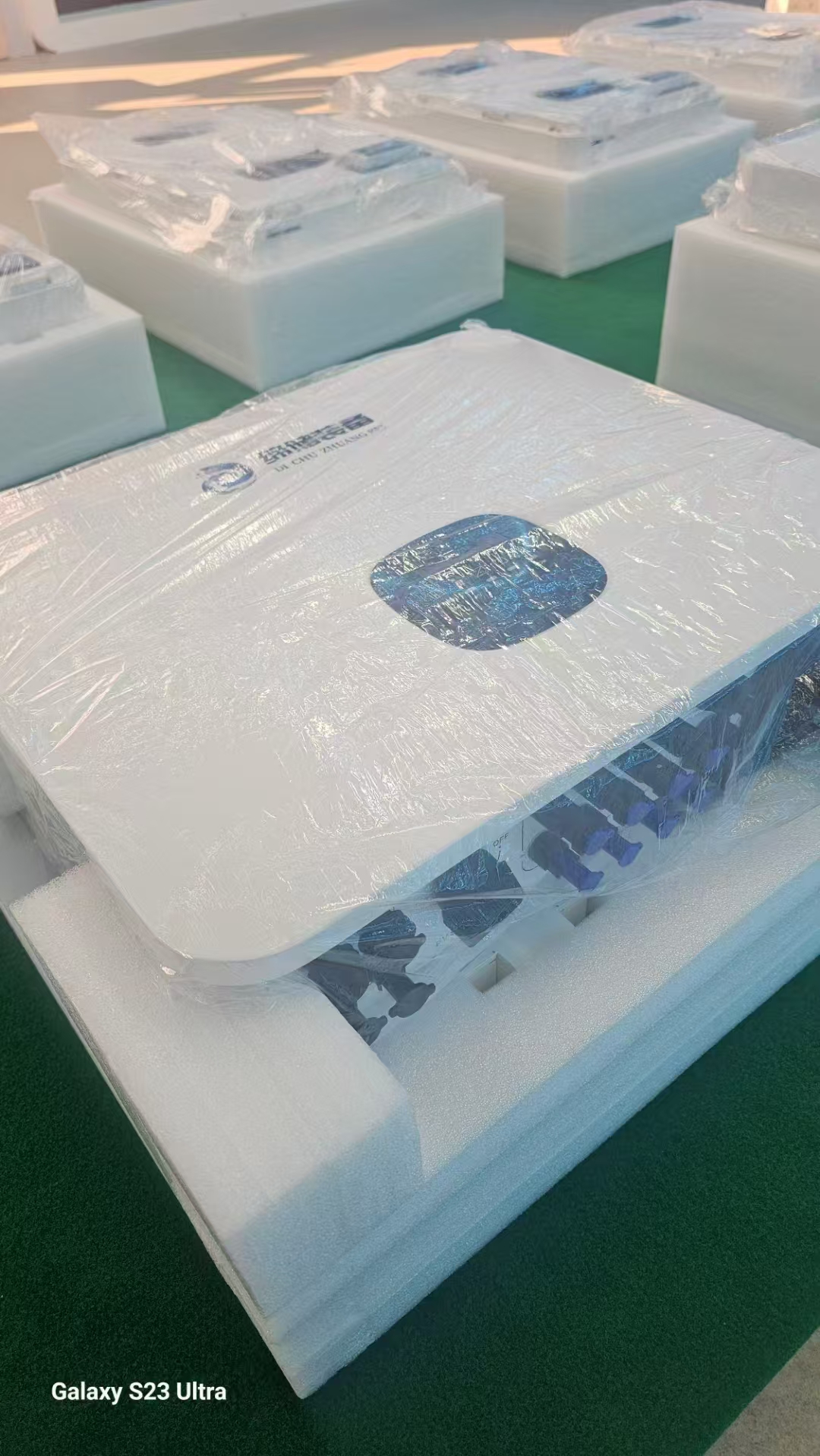
The household light storage system mainly consists of the following key components, which work together to achieve energy conversion, storage, and utilization:
1. Photovoltaic power generation system
-Solar panel: The core power generation component that converts solar energy into direct current through the photoelectric effect. Common types include monocrystalline silicon, polycrystalline silicon, and thin-film cells, with monocrystalline silicon having the highest efficiency (about 18% -25%) and suitable for installation on rooftops in households.
-Photovoltaic bracket: The structure that fixes the solar panel needs to be designed according to the roof angle and load-bearing capacity to ensure that the solar panel receives maximum sunlight.
-Confluencer box and DC cable: Summarize the DC power from multiple solar panels and transmit it to the inverter through cables.
2. Energy storage system
-Energy Storage Battery: The core equipment for storing excess electrical energy, with the mainstream type being lithium iron phosphate batteries (high safety, long cycle life, about 3000-6000 cycles), and some systems using ternary lithium batteries (high energy density, but slightly lower safety). The battery capacity is usually measured in kWh, and the commonly used household capacity is 5-20kWh.
-Battery Management System (BMS): Monitor battery status (voltage, current, temperature), prevent overcharging and overdischarging, extend battery life, and ensure safety.
3. Energy Conversion and Control
-Inverter: It converts the direct current generated by photovoltaic panels or the direct current stored in batteries into household usable alternating current (220V), and is divided into string inverters (high efficiency, suitable for distributed photovoltaics) and energy storage inverters (integrated photovoltaic inverter and energy storage control functions).
-Energy Management System (EMS): Intelligent regulation of energy flow, determining the priority of photovoltaic power for self use, charging, or grid connection, as well as the timing of battery discharge (such as peak usage and power supply during power outages). Some systems can be remotely monitored through an APP.
4. Auxiliary equipment
-* * Bidirectional electricity meter * *: Used to measure the amount of photovoltaic electricity connected to the grid (sold to the grid) and off grid electricity (purchased from the grid), supporting the "self use, surplus electricity connected to the grid" mode.
-Circuit breakers and lightning protection devices: Ensure the electrical safety of the system and prevent equipment damage from overload, short circuit, or lightning strikes.
2、 Working principle
The core logic of a household solar energy storage system is the dynamic balance of "* * power generation - storage - consumption - grid connection * *". The specific process is as follows:
1. * * Daytime power generation stage * *: The solar panel generates direct current under illumination, which is converted into alternating current by an inverter.
-Prioritize meeting the real-time electricity needs of households (such as lighting and household appliances);
-Excess electricity is used to charge the battery through an energy storage inverter until the battery is fully charged;
-If the battery is fully charged and there is still excess power, it can be connected to the grid through a two-way meter (enjoying electricity price subsidies or selling electricity revenue).
2. * * Night/Cloudy Stage * *: When the photovoltaic system stops generating electricity, the system automatically switches to energy storage power supply mode, and the battery releases the stored electricity for household use; If the battery is low, purchase electricity from the power grid to supplement.
3. * * Emergency power supply function * *: In the event of a power outage, the energy storage system can quickly switch to "off grid mode" to ensure power supply for key equipment such as refrigerators and lighting (requiring inverters to support off grid function).
3、 Core advantages
1. * * Reduce electricity expenses * *: Prioritize the use of free photovoltaic power and reduce the cost of purchasing electricity from the grid; Surplus electricity can be used to generate electricity sales revenue (some regions have photovoltaic subsidies).
2. * * Coping with the difference between peak and valley electricity prices * *: Discharging batteries during peak electricity prices (such as 10:00-18:00 during the day) and purchasing electricity from the grid at a low price for charging during off peak hours (such as late night), further saving costs through "peak valley arbitrage".
3. * * Improve energy self-sufficiency rate * *: Reduce dependence on traditional power grids, especially suitable for remote areas or regions with unstable power grids, and achieve "energy independence".
4. * * Green and environmentally friendly * *: Photovoltaic power generation has no carbon emissions, reduces household carbon footprint, and supports the "dual carbon" goal.
5. * * Emergency backup power supply * *: In the event of a power outage, it is powered by energy storage batteries to ensure basic daily electricity needs.
4、 Applicable scenarios
-Regions with sufficient sunlight, such as northwest, north, and south China, have higher photovoltaic utilization rates due to longer annual sunshine hours.
-* * High electricity price areas * *: Cities with higher electricity prices (such as first tier cities and areas with higher industrial and commercial electricity prices) have shorter investment return cycles.
-Unstable power grid areas: In areas with frequent power outages or unstable voltage, energy storage systems can serve as reliable backup power sources.
-Families with strong environmental awareness: users who pursue a green lifestyle and hope to reduce fossil energy consumption.
5、 Installation and cost considerations
1. Installation conditions: Suitable installation sites (such as roofs, balconies, courtyards) are required to ensure unobstructed and sufficient lighting; The property rights of the house are clear, and it is necessary to apply for a grid connection permit from the power grid company (the process is relatively simple, and some areas support online processing).
2. * * Initial cost * *: mainly includes photovoltaic panels (about 40%), energy storage batteries (about 30%), inverters and auxiliary materials (about 30%). The initial investment for a 5kW photovoltaic+10kWh energy storage system is about 50000 to 80000 yuan (depending on the brand and configuration).
3. * * Return period * *: usually 5-10 years, depending on local lighting resources, electricity pricing policies, subsidy levels, and household electricity consumption.
4. * * Maintenance cost * *: The lifespan of photovoltaic panels is about 25-30 years, and the lifespan of energy storage batteries is about 8-15 years (requiring regular replacement). Daily maintenance is simple, mainly for cleaning photovoltaic panels and checking circuit connections.
6、 Development Trends
With the decrease in the cost of photovoltaic modules, advances in energy storage battery technology (such as long-life and high safety batteries), and policy support (such as "promoting photovoltaics throughout the county" and "energy storage subsidies"), household photovoltaic storage systems are transitioning from "optional configurations" to "essential products". Future trends include:
-Intelligent Upgrade: Combining AI algorithms to optimize energy scheduling and achieve linkage with smart homes and electric vehicles (V2G, vehicle to grid).
-Modular design: Supports flexible expansion (such as installing photovoltaics first and energy storage later), reducing the entry barrier.
-High integration equipment: The energy storage inverter is integrated with BMS and EMS, simplifying installation and operation.
Home light storage systems are not only a choice for energy conservation and consumption reduction in households, but also an important path to promote the development of distributed energy and achieve a "zero carbon home".

